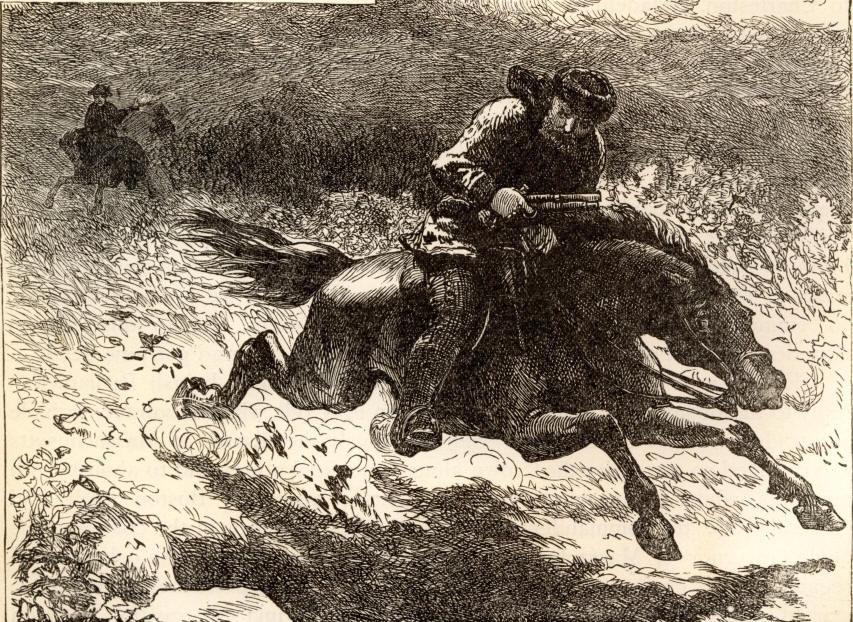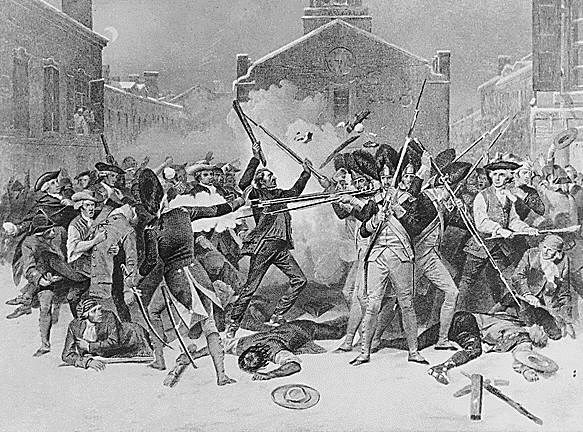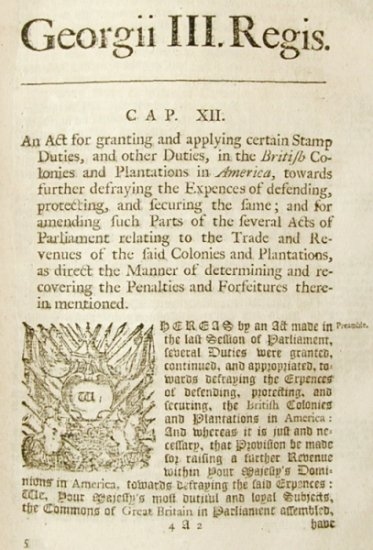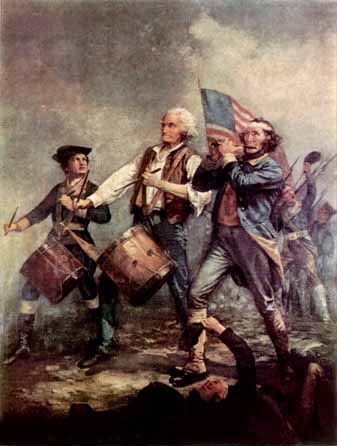
Drafting of the Declaration.....
Jefferson served as a delegate to the Second Continental Congress beginning in June 1775, soon after the outbreak of the American Revolutionary War. When Congress began considering a resolution of independence in June 1776, Jefferson was appointed to a five-man committee to prepare a declaration to accompany the resolution. The committee selected Jefferson to write the first draft probably because of his reputation as a writer. Jefferson completed a draft in consultation with other committee members, drawing on his own proposed draft of the Virginia Constitution, George Mason's draft of the Virginia Declarati on of Rights, and other sources. Jefferson showed his draft to the committee, which made some final revisions, and then presented it to Congress on June 28, 1776. After voting in favor of the resolution of independence on July 2, Congress turned its attention to the declaration. Over several days of debate, Congress made a few changes in wording and deleted nearly a fourth of the text, most notably a passage critical of the slave trade, changes that Jefferson didn't like. On July 4, 1776, the wording of the Declaration of Independence was approved. The Declaration would eventually become Jefferson's major claim to fame
on of Rights, and other sources. Jefferson showed his draft to the committee, which made some final revisions, and then presented it to Congress on June 28, 1776. After voting in favor of the resolution of independence on July 2, Congress turned its attention to the declaration. Over several days of debate, Congress made a few changes in wording and deleted nearly a fourth of the text, most notably a passage critical of the slave trade, changes that Jefferson didn't like. On July 4, 1776, the wording of the Declaration of Independence was approved. The Declaration would eventually become Jefferson's major claim to fame
 on of Rights, and other sources. Jefferson showed his draft to the committee, which made some final revisions, and then presented it to Congress on June 28, 1776. After voting in favor of the resolution of independence on July 2, Congress turned its attention to the declaration. Over several days of debate, Congress made a few changes in wording and deleted nearly a fourth of the text, most notably a passage critical of the slave trade, changes that Jefferson didn't like. On July 4, 1776, the wording of the Declaration of Independence was approved. The Declaration would eventually become Jefferson's major claim to fame
on of Rights, and other sources. Jefferson showed his draft to the committee, which made some final revisions, and then presented it to Congress on June 28, 1776. After voting in favor of the resolution of independence on July 2, Congress turned its attention to the declaration. Over several days of debate, Congress made a few changes in wording and deleted nearly a fourth of the text, most notably a passage critical of the slave trade, changes that Jefferson didn't like. On July 4, 1776, the wording of the Declaration of Independence was approved. The Declaration would eventually become Jefferson's major claim to fame 









